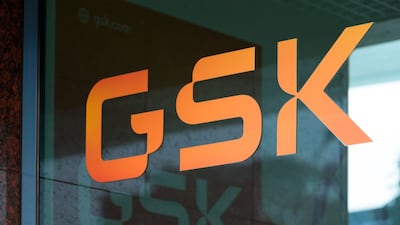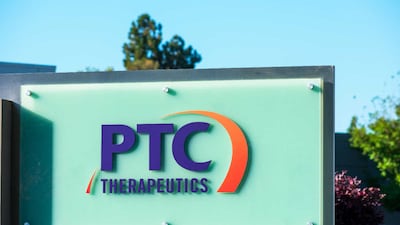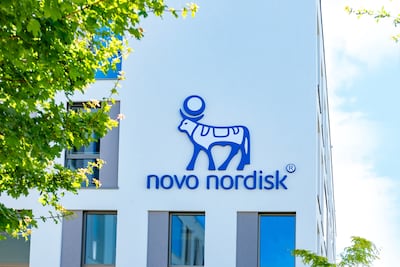The barriers to biosimilars adoption today bring back bitter-sweet memories of the regulatory revolution that eventually gave birth to the generics industry in the 1980s. Younger readers may find it rather incredible that in those days nearly every state of the US had anti-substitution laws on its books to keep generics away, thanks to successful lobbying by the industry. Was this industry action motivated by uncertain R&D productivity and outlook, or was poor R&D performance a consequence of drug companies enjoying easy money from ‘perpetual patent protection’? At the time, the tools of biotechnology were still in their infancy, and the potential benefits of biological medicines were yet to be experienced. Today, with most of the first-wave of biologics off patent, their biosimilars face a different set of barriers which may nonetheless once again put biopharma innovation at peril.
To be sure, ensuring that the biologic innovators rightfully earn handsome returns during the primary product patent life is essential...
Read the full article – start your free trial today!
Join thousands of industry professionals who rely on Scrip for daily insights
- Start your 7-day free trial
- Explore trusted news, analysis, and insights
- Access comprehensive global coverage
- Enjoy instant access – no credit card required
Already a subscriber?







